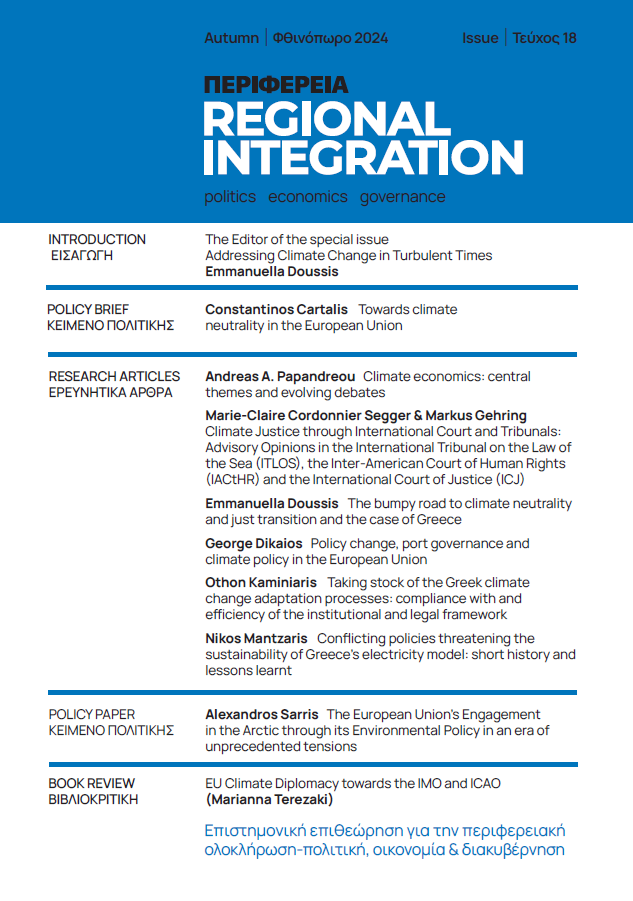Towards climate neutrality in the European Union

Abstract
The European Union (EU) has significantly reduced its net greenhouse gas (GHG) emissions since 2005. However, the pace of reductions must accelerate substantially—more than doubling the average annual rate observed between 2005 and 2022—if the EU is to achieve its 2030 target of at least a 55% net reduction in GHG emissions compared to 1990 levels, and climate neutrality by 2050. Additional efforts are needed across all sectors, i.e. energy, transport, industry, buildings and others. In addition, attention is needed regarding the land use, land-use change, and forestry (LULUCF) sector, where the carbon sink has sharply declined since 2015. Achieving the 2030 target depends on the effective implementation of the Fit for 55 package, especially at the national level. This paper1 provides a brief overview of the EU’s climate ambition and presents key findings and recommendations of the European Scientific Advisory Board on Climate Change (hereinafter referred to as the Advisory Board) on the consistency of EU and national measures with the overarching climate neutrality objectives.
Article Details
- How to Cite
-
Cartalis, C. (2025). Towards climate neutrality in the European Union. Perifereia | Regional Integration: Politics, Economics, Governance, 18. https://doi.org/10.12681/ri.40696
- Section
- Policy Papers

This work is licensed under a Creative Commons Attribution-NonCommercial 4.0 International License.
Authors who publish with this journal agree to the following terms:
· Authors retain copyright and grant the journal right of first publication with the work simultaneously licensed under a Creative Commons Attribution Non-Commercial License that allows others to share the work with an acknowledgement of the work's authorship and initial publication in this journal.
· Authors are able to enter into separate, additional contractual arrangements for the non-exclusive distribution of the journal's published version of the work (e.g. post it to an institutional repository or publish it in a book), with an acknowledgement of its initial publication in this journal.
· Authors are permitted and encouraged to post their work online (preferably in institutional repositories or on their website) prior to and during the submission process, as it can lead to productive exchanges, as well as earlier and greater citation of published work.


